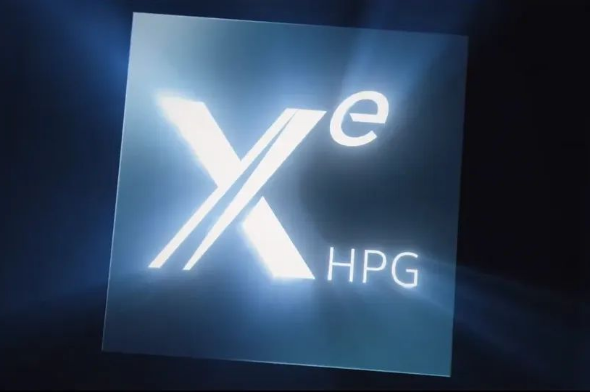Connection to DriversCloud Create a DriversCloud.com account Reset your DriversCloud.com password Account migration
Xe-HPG DG2: the new Intel graphics card close to the RTX 3080?
Is Intel about to take important market shares from AMD and NVIDIA?
Two years ago, Intel first mentioned a high-performance graphics card for so-called desktop machines. A card that would be able to compete with the big names in the industry and allow Intel, which already has a clear majority in integrated graphics solutions, to expand its range. Problem is, not only did this first announcement - in December 2018 - have all the makings of a simple declaration of intent, but also Intel had nothing to present for months, leaving one to think that its Xe DG2 would never be available.
For a few weeks now, however, multiple rumors have highlighted the work, the progress made by Intel on this new generation of graphics cards. Better yet, we have received two particularly interesting confirmations. Anecdotally, Raja Koduri - chief architect and senior vice president of Intel's architecture, graphics and software division - posted on Twitter what is the first official picture of a DG2-512 chip that should equip the most powerful graphics cards of the new Intel range.
More interestingly, our colleagues from Moore's Law is Dead have posted on Youtube a summary of the information available to them. First, they tell us that this DG2-512 could be released before the end of 2021 or, at worst, during the first quarter of 2022. Better yet, while the shortage of graphics cards is widespread - at AMD as well as NVIDIA - Intel is taking its time to produce enough chips. Intel has a major card to play here as it produces - at least in part - its components itself, while AMD and NVIDIA have to rely on independent foundries like TSMC, which are overwhelmed.
Moore's Law is Dead doesn't have much technical information to reveal and instead talks about the vagueness around the clock frequency - which could be 2.2 GHz - and the TDP of the card: the Xe-HPG 512UE could reach 275 Watts. On the GPU side, there is talk of 512 execution units, 4,096 processing cores and up to 16 GB of GDDR6 RAM on 256-bit bus. Finally, our colleagues point out that Intel is also working on its own super-sampling technique in the manner of NVIDIA's DLSS(Deep Learning Super Sampling) or AMD's FSR(FidelityFX Super Resolution): this is the XeSS. Powerful hardware and efficient software? Intel seems to be on the right track.






